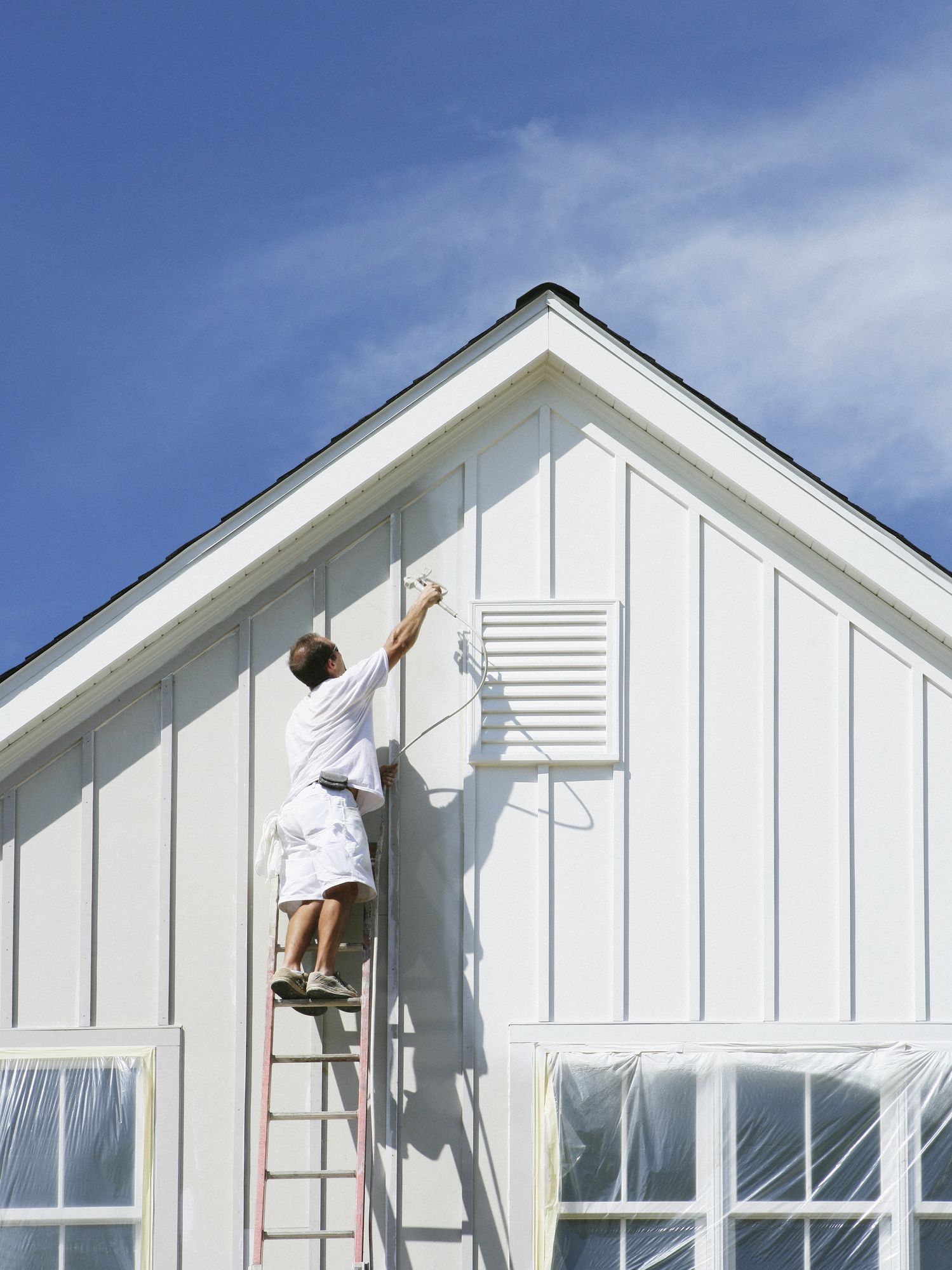The Most Common Montclair interior painting Debate Isn't as Black and White as You Might Think
Many house owners possess fundamental painting preparation. They know that it is necessary to utilize drop cloths, painters tape and stir paint completely. However did you understand that a golf ball can help maintain paint quality, or that microwaving paint tape can make it more manageable?
With many DIY painting tasks, knowing a few additional painting methods can lead to the most satisfying results. Storing paint effectively and utilizing the right tools can ensure that you prevent blemishes and cover surface areas evenly.
These nine Do It Yourself painting pointers can help you improve the quality of your work and save time and money while doing so, whether you're preparing to sell, changing your decor or doing some routine house upkeep.
1. Do not let your paint dry
A half-empty can of paint will dry. Drop golf balls into the paint can to fill the air area, or place plastic wrap under the lid, seal it tightly and keep the paint upside down.
2. Use the right guide
If you're painting new drywall, use a water-based guide to conceal flaws and supply an even base prior to applying color. If you're painting paneling, water-damaged or smoke-saturated walls, select an oil-based primer.
3. Avoid lap marks
To prevent stripes triggered by rolling over paint that's currently starting to dry, keep a wet edge by painting the complete height of the wall and then moving over a little so you can overlap the last stroke with the next.
4. Stir paint with a customized stirrer
Prior to you stir paint, drill holes in the stirrer to assist mix the paint better. The holes help the paint flow through the stirrer, aerating it like a whisk and blending the paint uniformly.
5. Include texture, if you desire
If you want more texture on your wall, select a roller with a longer, 3/4" nap, which holds more paint. The nap is the fabric material covering the roller, and longer naps produce more stippling on your wall because Best Montclair interior painting of the method their fibers distribute the paint. Utilize a shorter-nap roller-- between 1/4" and 1/2" nap-- for the smoothest finish.
6. Do not wash your brushes or rollers

If you're utilizing latex paint, there's no reason to clean your brushes or rollers if you don't complete your task in one day. Because cold temperatures keep latex paint from drying rapidly, you can simply wrap your rollers or brushes in plastic bags or tin foil and put them in the refrigerator. (Be sure to let them completely warm back up before utilizing them.).
7. Deal with issue tape.
If you're using older tape, in some cases it can be challenging to remove its roll without tearing or sticking. If your painter's tape continues to peel, microwave the entire roll for 10 seconds.
8. Figure out the type of paint on existing walls.
Not exactly sure if a wall's existing paint is oil or latex? Soak a cotton ball in rubbing alcohol and rub it in a small area across the wall. If the cotton ball has paint residue, the paint is latex. No paint on the cotton ball? You'll be painting over an oil-based paint and will wish to utilize an oil-based guide prior to painting.
9. Buy a paint pen.
Purchase a paint pen that lets you pack it with a smidgen of your new paint color for little touchups later. These pens keep the paint inside fresh for about a year once filled; simply remember to shake them well before use to make sure the paint comes out smoothly and equally.
